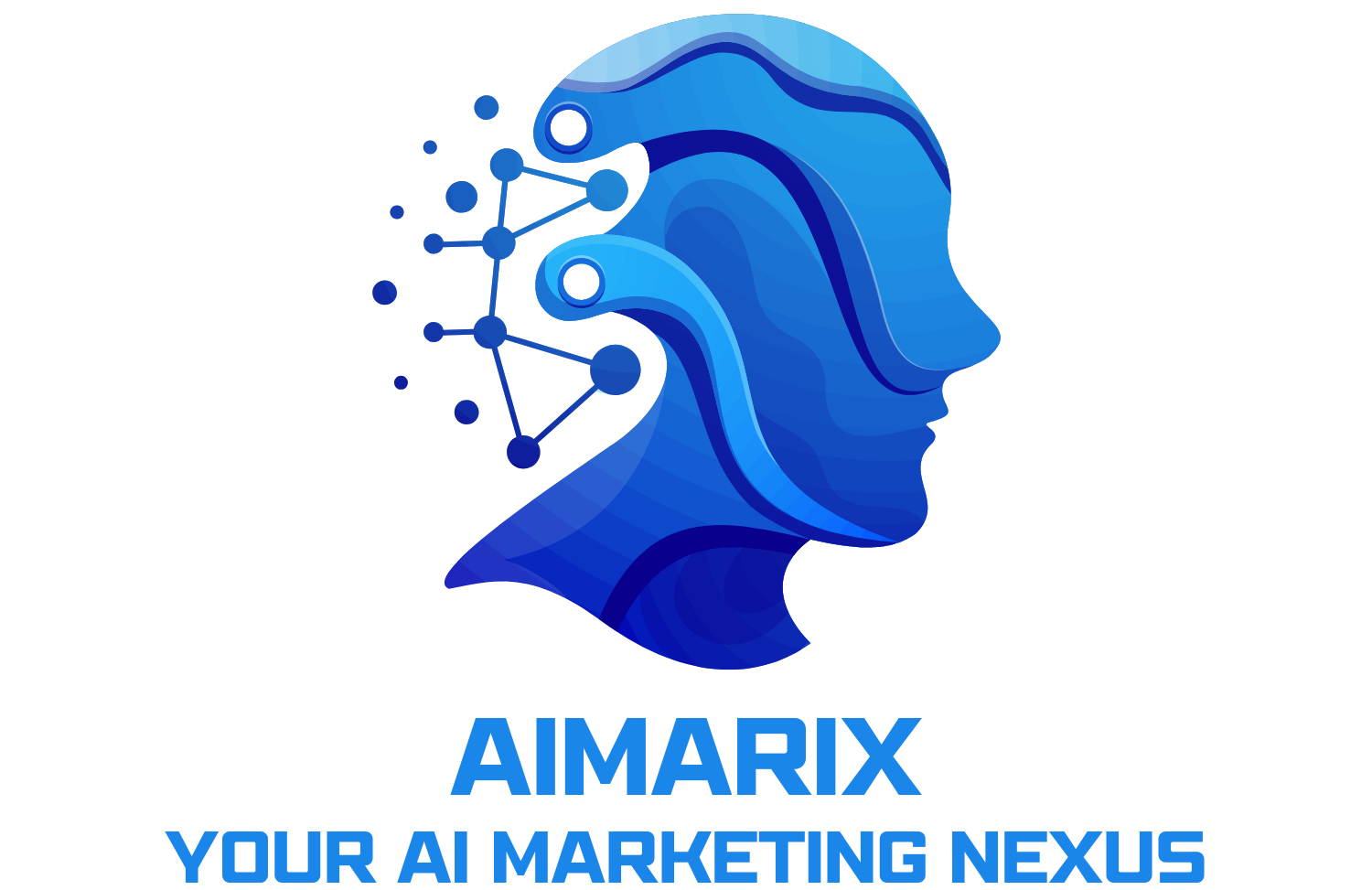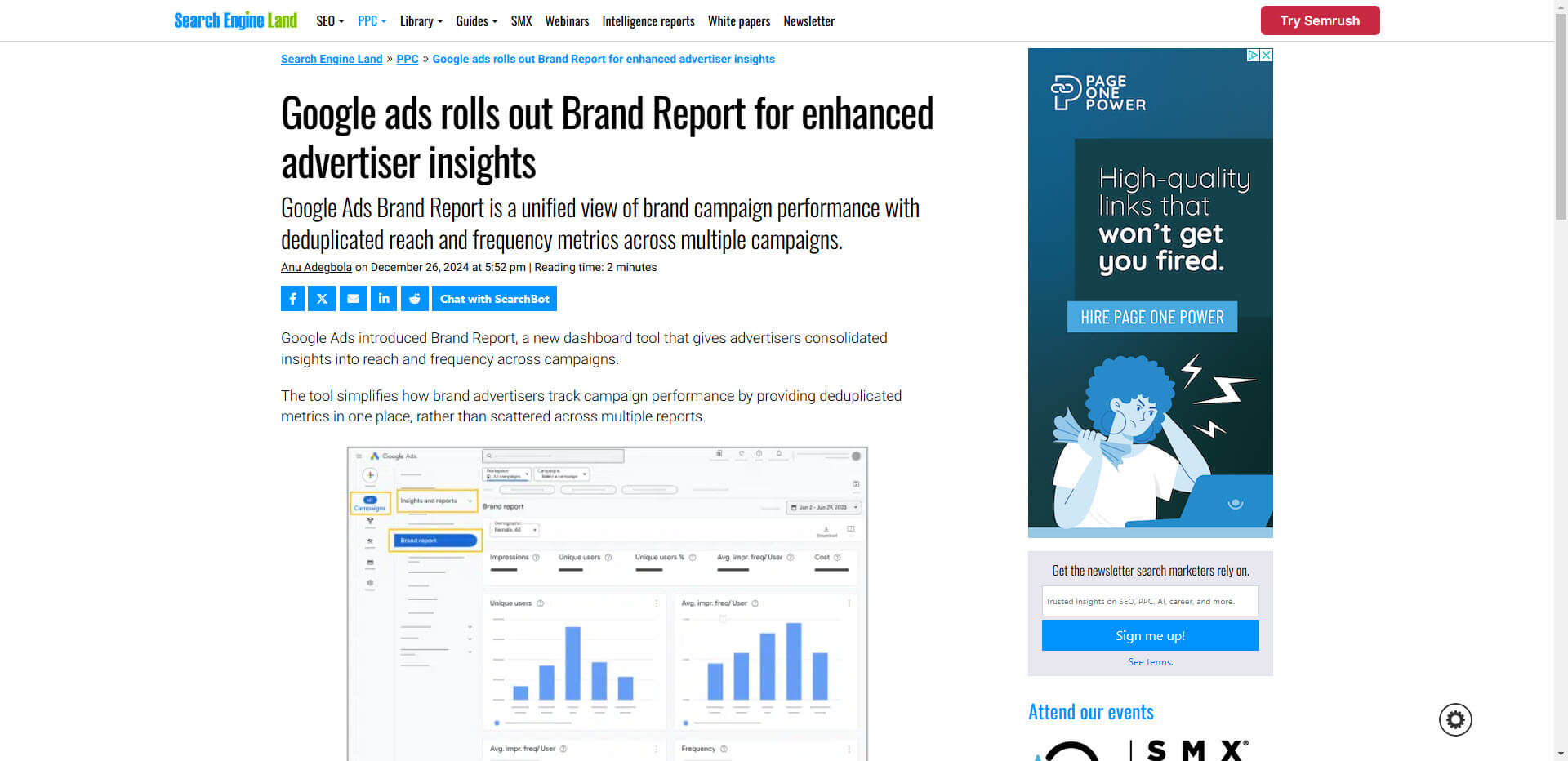Google Ads has rolled out a new Brand Report, offering advertisers enhanced visibility into how their brand is resonating with audiences. This development could be a game-changer for digital marketers looking to track brand performance and measure the impact of PPC campaigns. Below, we’ll dive into what the Brand Report is, how it works, and why you should integrate it into your marketing strategy.
What Is the Google Ads Brand Report?
The Brand Report is a new feature within Google Ads designed to provide comprehensive insights on brand-related metrics. By collecting data around brand search volume, user interactions, and ad performance, this report gives marketers the information they need to make data-driven decisions.
Key Benefits:
- Deeper Insights: Gain visibility into how your brand is performing beyond basic CTR and conversion metrics.
- Improved Attribution: Understand which campaigns, keywords, or audiences drive brand engagement.
- Enhanced Optimization: Use real-time data to refine your ad strategies, budgets, and bidding tactics for better ROI.
Why Does It Matter for Advertisers?
In an era where brand identity and user trust are increasingly critical, getting a clear picture of brand performance can significantly impact your campaign success. The Brand Report allows you to:
- Align Marketing Goals: Measure how effectively you’re building brand awareness alongside direct response objectives.
- Refine Targeting: Identify high-value audiences more likely to search for or engage with your brand.
- Optimize Budgets: Allocate resources to campaigns or channels that show the most promise for brand lift.
How to Leverage the Brand Report Effectively
- Monitor Brand Search Queries
Pay attention to changes in branded keyword volume to gauge the impact of your ad campaigns on brand awareness. - Set Benchmarks and KPIs
Define clear goals—like a specific increase in brand searches or higher average brand recall—and track your progress over time. - Integrate with Existing Data
Combine Brand Report insights with Google Analytics, CRM, or marketing automation data to get a holistic view of the customer journey. - Adapt Your Messaging
If your brand metrics are lagging, consider refreshing your ad copy, visuals, or promotional offers to better resonate with target audiences.
Example Use Case
- E-commerce Retailer: Monitored a spike in branded search queries after launching a series of video ads on YouTube. The new Brand Report helped confirm that the increased brand interest correlated directly with these ads, leading the retailer to invest more heavily in video content.
Best Practices for Ongoing Success
- Regular Check-Ins: Schedule weekly or monthly reviews of the Brand Report to detect trends.
- Cross-Functional Collaboration: Share insights with your content, PR, and social media teams to ensure consistent messaging.
- Continuous Experimentation: Test new ad variations, audience segments, and creative assets to see if they move the needle on brand metrics.
Conclusion
The Google Ads Brand Report represents a critical shift toward holistic brand measurement, giving marketers valuable insights beyond traditional performance metrics. By understanding how your brand resonates with potential customers, you can adapt and optimize your strategies to drive both short-term conversions and long-term brand loyalty.
Ready to level up your brand strategy? Tap into Google’s Brand Report for actionable data that will help you make informed decisions—and ultimately, achieve better results in an increasingly competitive digital marketplace.
Source: Search Engine Land

